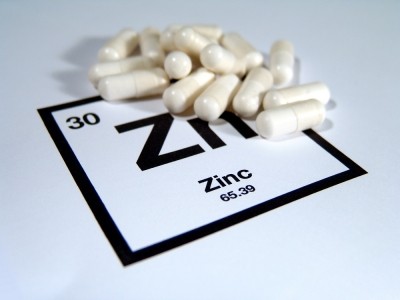Micronutrient syrups and powders better than fortified food for urban Mexican children?

Data from participants in the PROSPERA program, which has been distributing complementary fortified foods to children in Mexico since 1997, indicated that micronutrient powders or syrups were more effective at increasing the dietary intake of key micronutrients versus complementary fortified food.
This was because access to complementary fortified food led to home foods being displaced from their diets resulting in diets that were “generally adequate in terms of food quantity (i.e., energy and protein)”. However, zinc and iron intakes were lower in the fortified food group, compared to children who received micronutrient powders or syrups.
“Our results suggest that alternative supplements, particularly [micronutrient powders] or syrups, are more cost effective than [fortified foods] in increasing the dietary intake of key micronutrients in the studied population,” wrote researchers from Mexico’s National Institute of Public Health in the Nutrition Journal.
“To determine the implications for PROSPERA, however, these results must also be interpreted in conjunction with the impact of the supplements on nutritional outcomes (results forthcoming).”
Importance
Ongoing analysis of the PROSPERA program allows stakeholders to assess its success and effectiveness. The complementary fortified foods distributed by the program are formulated to deliver 100% of the daily micronutrients requirements, and 20% of a child’s daily energy needs.
Such programs are necessary because national surveys in Mexico show that 27.5% of children are deficient in zinc, while 3% are deficient in folate. In addition, around 38% of Mexican children were anemic in 2012.
Early data indicated that the original program was resulting in positive impacts on growth and anemia, with good acceptance of the fortified foods. However, data did show that there was sharing of the products within households, which meant that young children were consuming far less than recommended.
This led to the current study, which aimed to assess if micronutrient intakes could be improved by changing the delivery format to include micronutrient powders or syrups.
Study details
Data from 691 children aged between 6 and 12 months received one of the three nutritional supplements indicated that there were no significant differences between the groups at the start of the study. However, after ten months of supplementation, the results showed that dietary energy, protein, and micronutrients intakes were lower in the fortified food group compared to the micronutrient powder and syrup groups.
“Given the observed differences in dietary energy consumption among the three supplemented groups, it can be concluded that supplementation with micronutrient powders is an adequate option for urban children who have met their minimum energy and protein requirements,” concluded the researchers.
Source: Nutrition Journal
2018, 17(76). doi: 10.1186/s12937-018-0385-3
“Fortified food supplementation in children with reduced dietary energy and micronutrients intake in Southern Mexico”
Authors: G. Añorve-Valdez et al.









